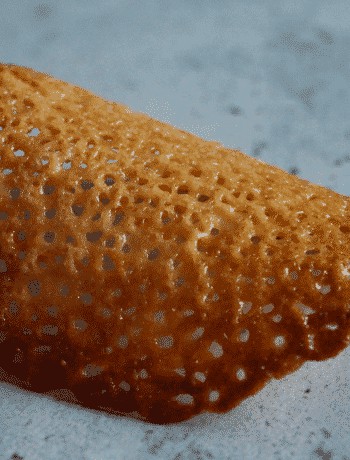Hello sweet tooth lovers!!
Today I’m bringing you a recipe that’s often feared, but will definitely make you happy!
Here comes the inverted puff pastry (or inverse puff pastry).
Find the full recipe on my new english website here : Inverted Puff Pastry





No Comments